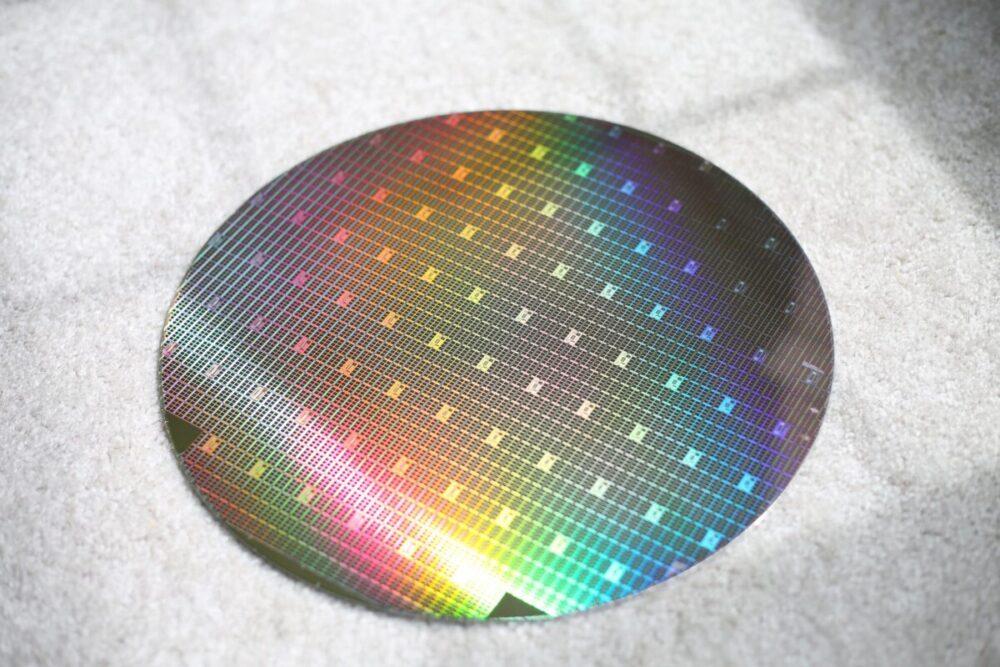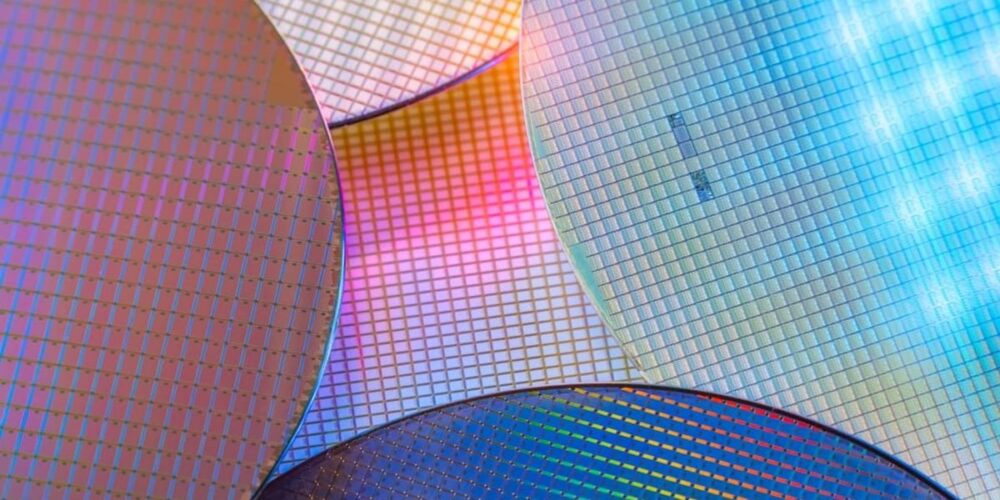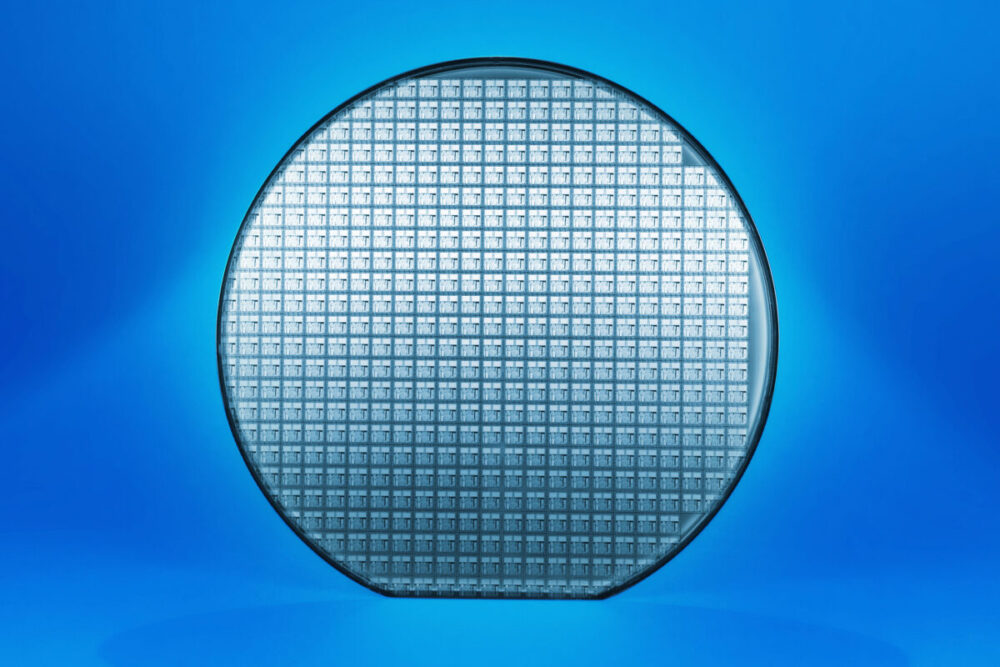Integrated circuits (ICs) and microchips are paramount in today’s age due to their widespread use and their role in shaping technological progress. Silicon Wafers form the base on which ICs and microchips get designed. Silicon wafers, those wafer-thin crystalline silicon, are the bedrock of the digital age. While their significance may be overlooked in our daily interactions with smartphones, computers, and smart appliances, it’s within these minuscule silicon canvases that the future unfolds.
This exploration seeks to unravel the intricacies of cutting-edge manufacturing innovations that have elevated silicon wafers to new heights. Numerous factors come into consideration when selecting a silicon wafer design; one of the most important is the pattern. The pattern decides the selective application and use in the semiconductor industry. Because of the batch of options, you need an advised approach to choose the best-patterned silicon wafers.
While you can always get an expert on the subject, it is better to have prior knowledge. Let’s see what makes silicon wafers a choice of the modern technological industry and why patterned silicon wafers have a rising influence.

Why Silicon Wafers? Understanding Its Crucial Role in the Digital Age
Silicon wafer is not the only wafer present around. GaAs (Gallium Arsenide), SiC (Silicon Carbide), Glass, and Sapphire are other widely used wafer types. Silicon outperforms them all because of its suitability in physical and chemical performance. In addition, it is one of the most abundant elements on earth’s surface, making it much cheaper comparatively.
Also, silicon wafers have been around for the longest time, providing years of manufacturing experience in the industry. Here’s a list of the most essential factors.
1. Material Properties
Silicon has well-defined properties, especially the bandgap of 1.1eV, which is the biggest reason it works without high voltage. A property of silicon used in optical applications is that it is opaque in the visible spectrum but transparent in the infrared region. The electron mobility leads to a better carrier concentration and conduction of energy.
2. Versatility
Silicon wafers are versatile and used in different technologies, from microprocessors and storage devices to IC sensors and photovoltaic cells. Furthermore, these wafers can be size scales with diameters ranging from 25.4mm (1 inch) to 300 mm(11.8 inches).
The element’s doping compatibility with other counterparts is good, leading to the easy creation of heavily doped diodes or as required by the device.
3. Decades of Experience and Cost-Effectiveness

As said above, the silicon industry has been around for long, providing years of experience. This makes it easier to manufacture, test, and research advanced models. Moreover, the build time and energy for already designed models lessens, making the entire process extremely productive. All these, along with the high abundance of silicon, make the investment cost-effective and profitable.
4. Heat Dissipation
When electrical devices run, enormous amounts of heat are generated, which is the reason behind your mobile or PC heating up. Silicon wafers have the property of dissipating heat, which keeps the temperature controlled and prevents mishaps. However, above a given range and constant high temperature, it becomes hazardous. Therefore, running experiments and appliances under controlled temperatures is a must
5. Purity And Uniformity
It is indeed vital for the wafer to be pure because impurities and unwanted substances can deteriorate the conduction. The importance of uniformity in silicon wafers cannot be overstated because it directly impacts the yield, reliability, and performance of semiconductor devices.
Inconsistent properties or variations across the wafer can lead to defects, yield losses, and unreliable electronic components. Uniformity is an essential factor, hence, manufacturers apply precise fabrication techniques.
What Is Patterning?

Patterning silicon wafers is a crucial step in semiconductor manufacturing that involves the creation of specific structures, designs, or patterns on the surface of the wafer. It is a highly sophisticated process done using advanced engineering techniques, some of which are:
- Photolithography
- X-ray Lithography
- Deep Ultraviolet (DUV) Lithography
- Extreme Ultraviolet (EUV) Lithography
- Step and Flash Imprint Lithography (S-FIL)
- E-beam Lithography
Patterned Progress: Why Patterning Silicon Wafers Is The New Innovation?
Patterning outperforms the limitations and makes fabrication and use more effective. Here’s a list of reasons why patterning works.
Patterning outperforms the limitations and makes fabrication and use more effective. Here’s a list of reasons why patterning works.
1. Miniaturization
Patterning leads to the miniaturization of the electronic components. Small components mean less energy wastage and lightweight circuits. This leads to a more compact and energy-efficient device. In addition, the process is more environmentally friendly and especially suitable for devices used in heavy infrastructures.
2. Enhanced Tech Efficiency
Patterning enhances the data processing speed. A smaller circuit means less data travel time, leading to less power consumption and more processing speed overall, making the device “modern tech efficient.” This is especially significant in systems that need fast calculations and work on large sets of memories.
3. Quality Control and Testing

Patterned silicon wafers are used to test against ordinary ones for factors like speed, heat dissipation, quality, and speed. That is, it can be used to test for factors that normal wafers don’t support and then use the results to create new ones that suit the criteria. This saves both time and money.
4. Advancements in Technology
We are not yet at the peak of technical advancement, and it is mostly because of financial and energy consumption reasons. Using patterning techniques, our knowledge of semiconductor devices improves drastically. This is especially valid in the age of AI, where a faster and more efficient system is required so that the devices don’t burn amid calculations.
5. Functionality Definition
The functional definition makes it extremely easy to understand the way a silicon wafer works. Patterns etched on the silicon wafer tell the user where different regions are and what values they work on. It might not seem like a big deal, but knowing where everything is located is of great help with forming an entire circuit.
Pattening has brought a new edge to the digital age, helping designers and companies outperform the limitations. However, as there are advantages, disadvantages aren’t far away. Patterned silicon wafers are not suitable for all types of applications. But, the advantages and use cases dump the latter by far.




